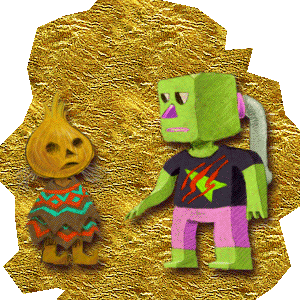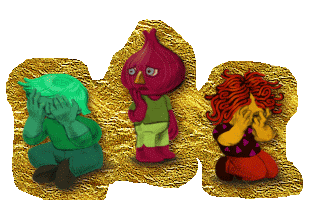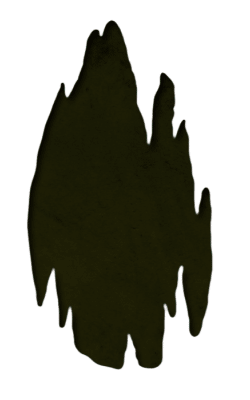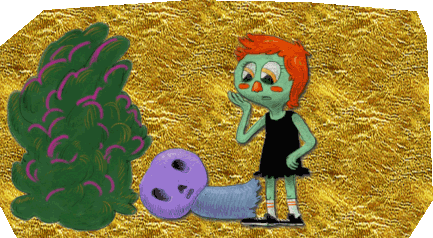Fall 2019
AED 211 – Interpreting Art Experience: Social and Behavioral Perspectives
AED 212 – Interpreting Art Experience: Educational Implications
I developed these two courses in relation to one another, with AED 211 being an examination of concepts and experiences with seeing and making art for an interdisciplinary group of 15 students, and AED 212 being a discussion of issues relevant to art pedagogy for the five art education students from the AED 211 course.
For AED 212, I felt the need to complement the more theoretical focus of AED 211 with the practical pedagogical needs expressed by the pre-service art educators enrolled in the class. Each week’s AED 211 reading was extended with a shorter piece of writing or video explicitly tying that week’s big questions about art and culture to specific pedagogical issues and concerns. As with 211, seminar discussion was blended with creative activity, but in 212 the students created lesson ideas in response to prompts linked to that week’s larger concepts. In actively responding to the prompts, students not only had an opportunity to actively explore that week’s issues, but to build up a bank of lesson ideas from which they could draw in their future teaching.
Fall 2020, Spring 2021
AED 212 – Interpreting Art Experience: Educational Implications
In adapting AED 212 to the remote teaching requirements of quarantine, I was challenged to transform the myriad in-person creative explorations of weekly concepts into modes that would work over digitally-mediated distance. Doing so often required me leveraging my own digital media skills, coding online tools that would generate randomized prompts for students when drawing prompts from a hat was not possible, or finding inventive uses for online tools, such as repurposing Google Slides as a group collage and drawing space for engaging in collaborative remixes.
One example of a tool I developed was a web-based visual prompt-generator for our class explorations of contemporary visual culture in arts pedagogy. In visiting the page, students are given a random juxtaposition of a historic or contemporary work developed in a conventionally-defined ‘fine arts’ context, and an artifact from contemporary visual/material/popular culture. They are then prompted to collaboratively develop an arts lesson that meaningfully intersects both artifacts by identifying an enduring conceptual through-line.
An example of repurposing of digital tools includes a curriculum development project, wherein Google Slides was repurposed as a collaborative work-space. In the specially-formatted Google Slides space, students were prompted to work together in groups to develop a semester’s worth of curriculum, challenging them to think beyond individual lessons and activities and to consider their teaching, planning, and thinking more holistically. The slides not only invited collaboration, but also afforded a spatial arrangement that allowed the visual consideration of time and pedagogical concerns along two axes at once. The slide space also allowed for multi-modality, so students could be challenged to include images of the artists discussed in their planned lessons, forcing them to come (literally) face-to-face with the diversity or homogeneity of their cultural referents.
Recognizing the need for students to feel heard and to discuss their larger projects in more depth with me, developing the online version of AED 212 also required me to reconfigure the schedule to periodically replace our whole-group meetings with individual meetings where students could discuss their long-term projects, ask for critique, and express their feelings and concerns about the class. Without the normal opportunities for chatting before and after an in-person class, carving out these meetings, even when it resulted in my having 15 30-minute meetings to attend rather than one 50-minute seminar, was essential to fostering connections with students and ensuring they felt heard.
AED 212 Syllabus, Fall 2021
AED 212-syllabus-meeken








